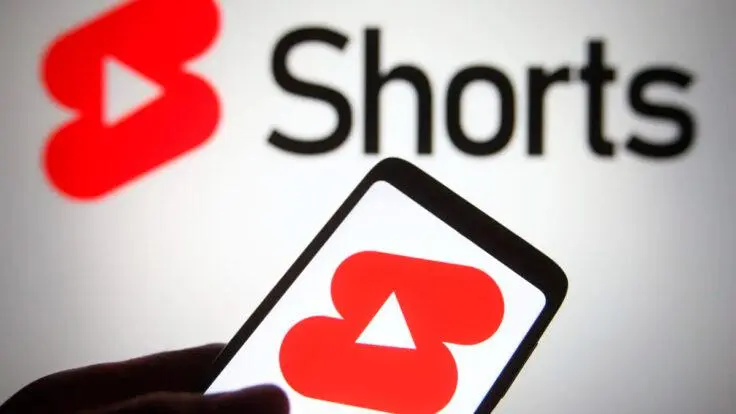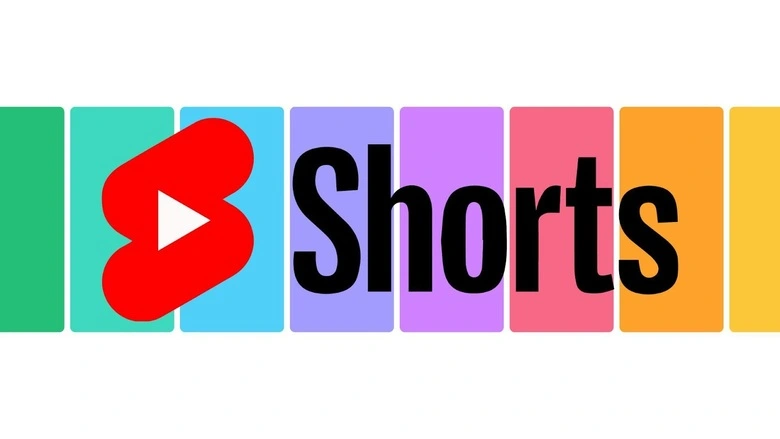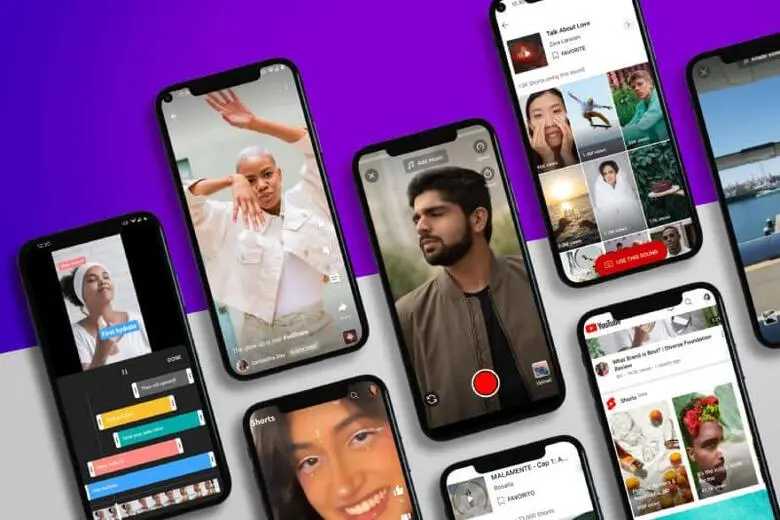Welcome to the dynamic world of content creation on YouTube, where the introduction of YouTube Shorts has added a new dimension to the way creators engage with their audience. In this exploration, we’ll compare YouTube Shorts with regular videos, examining the pros and cons of each format and highlighting best practices to help you make informed decisions for your content strategy.

Table of Contents
Understanding YouTube Shorts
YouTube Shorts is a short-form video format designed for quick and catchy content. With a maximum duration of 60 seconds, Shorts caters to the preferences of viewers who enjoy bite-sized, easily consumable videos. It often involves creative storytelling, music, and a mobile-friendly viewing experience in a vertical format.
Shorts leverages a highly engaging vertical video format, perfectly suited for the mobile viewing experience. Its creation tools make it easy for creators to add music, captions, and effects, enhancing the overall appeal. The format is particularly popular among younger audiences who appreciate the brevity and dynamism Shorts brings to the platform.
The Shorts player, prominently placed on the YouTube homepage, offers creators an opportunity for increased discoverability. This placement, combined with the ease of consumption and shareability, positions Shorts as a powerful tool for reaching a broader audience quickly.

Regular Videos: The Traditional Format.
Regular videos, on the other hand, have been the backbone of YouTube since its inception. Ranging from a few minutes to hours in length, regular videos offer in-depth content, tutorials, vlogs, and a variety of formats to engage viewers. This format allows for more comprehensive storytelling, detailed explanations, and a deeper connection with the audience.
Regular videos offer creators the canvas to explore complex topics, share detailed insights, and build a more profound relationship with their audience. This format has been the cornerstone of content creation on YouTube, allowing for creativity to flourish in long-form content that caters to various interests and niches.
While regular videos might not have the immediate, snackable appeal of Shorts, they provide creators with the opportunity to delve into nuanced subjects, establish authority in a niche, and foster a sense of community among their viewers.
Pros and Cons of YouTube Shorts.

Pros:
Quick Engagement: Shorts are designed for instant engagement, catering to viewers with shorter attention spans.
Discoverability: YouTube promotes Shorts on the platform, providing creators with increased visibility and potential new audiences.
Mobile-Centric: Shorts are optimized for mobile viewing, tapping into the growing trend of mobile content consumption.
Creative Freedom: The short format encourages experimentation, allowing creators to try out diverse and creative content ideas.
Cons:
Limited Depth: Due to the short duration, conveying complex ideas or in-depth information can be challenging.
YouTube Shorts Monetization Restrictions: As of now, Shorts have limited monetization options compared to regular videos.
Algorithm Learning Curve: Understanding the Shorts algorithm and optimizing content for it may take time.
While YouTube Shorts provides an excellent platform for quick, engaging content with the potential for virality, its limitations in conveying depth and the ongoing development of its monetization options should be considered by creators.
Pros and Cons of Regular Videos
Pros:
Comprehensive Content: Regular videos allow for in-depth exploration of topics, making them ideal for tutorials, reviews, and storytelling.
Monetization Options: Creators have various monetization avenues, including ad revenue, memberships, and merchandise shelf.
Established Audience: For creators with an existing audience, regular videos provide a platform for building a loyal following.
Cons:
Time-Consuming: Creating and editing longer videos requires more time and effort compared to short-form content.
Attention Span Challenges: Viewers may not commit to longer videos if they’re looking for quick, bite-sized content.
Competitive Landscape: With millions of regular videos on YouTube, standing out can be a challenge.
Regular videos, while offering depth and various monetization options, demand more time and effort from creators. Navigating the competitive landscape requires a strategic approach to content creation and audience engagement.
Best Practices for YouTube Shorts

To make the most of YouTube Shorts, consider these best practices:
- Create attention-grabbing visuals in the first few seconds.
- Utilize music and sound effects to enhance engagement.
- Experiment with trends and challenges to boost discoverability.
- Optimize video titles and descriptions with relevant keywords.
- Encourage viewers to like, comment, and subscribe for increased visibility.
Best Practices for Regular Videos
For creating compelling regular videos:
- Plan your content to maintain a coherent and engaging narrative.
- Invest time in quality editing and visuals to enhance production value.
- Promote your videos on various platforms to maximize reach.
- Engage with your audience through comments and community features.
- Explore long-tail keywords for SEO to improve search discoverability.
Conclusion: Finding the Right Balance
Ultimately, the choice between YouTube Shorts and regular videos depends on your content goals, target audience, and creative preferences. Some creators find success in a combination of both, leveraging the strengths of each format to reach a diverse audience.
Whether you opt for the quick, snappy allure of Shorts or the depth and narrative of regular videos, adapting and experimenting will be key. Stay attuned to your audience’s response, track analytics, and refine your strategy to strike the right balance between these two dynamic formats.











Leave a Reply